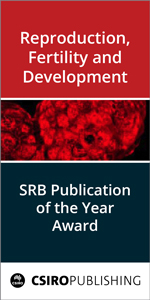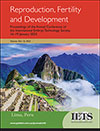
Reproduction, Fertility and Development
Volume 35 Numbers 1 & 2 2023
Special IssueProceedings of the Annual Conference of the International Embryo Technology Society, Lima, Peru 16–19 January 2023
Full Papers and Abstracts for Poster Presentation
RD22204Maternal metabolic health and fertility: we should not only care about but also for the oocyte!
 , B. Meulders, K. Moorkens, I. Xhonneux, J. Slootmans, L. De Keersmaeker, A. Smits, O. Bogado Pascottini and W. F. A. Marei
, B. Meulders, K. Moorkens, I. Xhonneux, J. Slootmans, L. De Keersmaeker, A. Smits, O. Bogado Pascottini and W. F. A. Marei
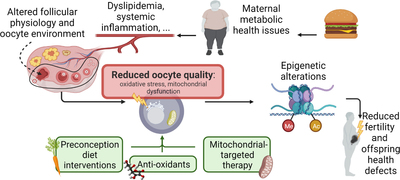
Reduced oocyte quality, mainly due to mitochondrial dysfunction, is a key cause of subfertility in patients with metabolic diseases such as obesity. Recent fundamental understanding of the underlying mechanisms highlights the importance of developing effective preconception care strategies not only to improve metabolic health, but also oocyte quality. Minimising mitochondrial oxidative stress either in vivo or in vitro is a promising solution, however further investigations should consider the long-term consequences on epigenetic programming and offspring health.
RD22234Maternal nutrition and developmental programming of offspring
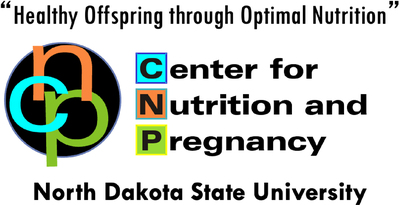
Developmental programming, sometimes called fetal programming, is the concept that insults to the embryo/fetus during development can have long-term consequences throughout the lifetime of the offspring, including a host of chronic health problems. One of the most obvious and well-studied insults is poor maternal nutrition. This review discusses our current understanding of how developmental programming occurs, strategies to minimise its negative consequences (and, perhaps, take advantage of its positive consequences), as well as future directions for research.
RD22234 Abstract | RD22234 Full Text | RD22234PDF (1.2 MB) Open Access Article
RD22226Intra and intercellular signals governing sperm maturation
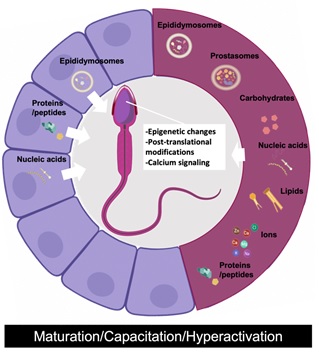
The extracellular factors released by the epididymis and the accessory glands allow the spermatozoa to undergo the intrinsic modifications necessary to acquire their fertilising capacities. These modifications include epigenetic changes and post-translational modifications of endogenous proteins, which are a prerequisite for the initiation of sperm capacitation and hyperactivation.
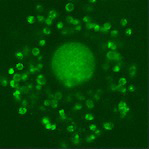
Infertility is often treated using in vitro fertilisation (IVF). However, patients take home a baby in only ∼30% of initiated cycles. This success rate may be improved by selecting the egg (oocyte) with the highest chance of resulting in a baby. A non-invasive photo of the oocyte and its companion cells can provide information on the inner biochemistry of these cells. Such a photo may provide insight into the health of individual oocytes and lead to improved IVF success.
RD22217 Abstract | RD22217 Full Text | RD22217PDF (2 MB) Open Access Article
RD22239Lethal variants of equine pregnancy: is it the placenta or foetus leading the conceptus in the wrong direction?
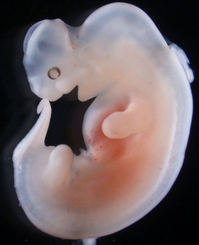
Pregnancy loss is hugely problematic for the majority of mammalian species, and the horse is no exception. However, research in this area is lacking. In this review, we first provide a summary of features of equine pregnancy. We then discuss risk factors and finally delve into the complex genetic contributors to this problem. This research can help horse breeders worldwide make breeding choices and the findings may also pave the way for discoveries to aid women in their quest for successful pregnancies.
RD22239 Abstract | RD22239 Full Text | RD22239PDF (2.3 MB) Open Access Article
RD22206Decisive points for pregnancy losses in beef cattle
 , B. Poliakiwski, O. Polanco, S. Singleton, G. D. de Melo, M. Muntari, R. V. Oliveira Filho and K. G. Pohler
, B. Poliakiwski, O. Polanco, S. Singleton, G. D. de Melo, M. Muntari, R. V. Oliveira Filho and K. G. Pohler
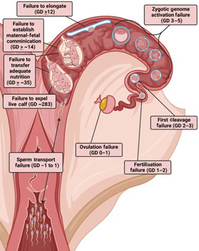
Pregnancy failure has been reported to occur in all species, and the lowered fertility associated with these failures has previously appeared to be a never ending battle. Pregnancy losses in beef cattle are of special interest to the authors as the global economic loss has been found to be greater than US$1 billion each year. Better temporal understanding of beef cattle pregnancy failures could allow for the better inclusion of animal models studying the improval of human reproduction medicine.
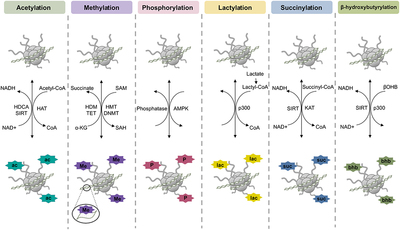
Metabolism and epigenetics, which reciprocally regulate each other in different cell types, are fundamental aspects of cellular adaptation to the environment. In this review we discuss how this regulation is specifically important during the pre-implantation embryonic development, when remarkable metabolic and epigenetics reprogramming occurs. The understanding of these regulatory networks is important not only for understanding these events, but also to determine in vitro culture conditions that support the embryo development and may insert positive regulatory marks that may persist until the adult life.
RD22233Genomic selection in beef cattle creates additional opportunities for embryo technologies to meet industry needs
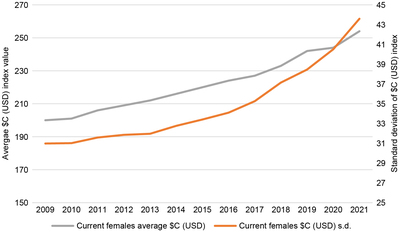
Angus cattle breeders in America are now making extensive use of genomic information to select the parents of the next generation. Since genomic information is available at birth, females can be more accurately selected and the genomic information better identifies females that should be used in an embryo transfer program, which increases the number of offspring from these elite cows. This genomic information combined with reproductive technologies is contributing to the Angus breeds ever increasing level of genetic merit.
RD22233 Abstract | RD22233 Full Text | RD22233PDF (670 KB) Open Access Article
RD22209Programming effects of late gestation heat stress in dairy cattle
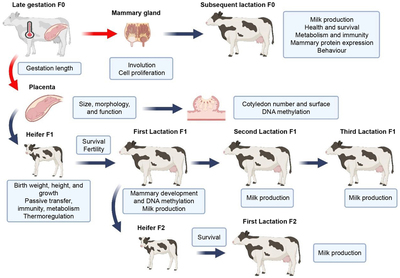
As climate change continues at a rapid pace, more livestock will be subjected to heat stress for longer periods and absolute levels. In dairy cattle, heat stress profoundly impacts the subsequent productivity of late gestation cows and programs lower productivity and health in the offspring. This review considers the biological basis for the impact of heat stress on the dam and the daughter, and the epigenetic signals that result in the observed phenotypes.
RD22218Sperm RNA-mediated epigenetic inheritance in mammals: challenges and opportunities

In addition to delivering a haploid DNA, the mammalian sperm also carry various types of RNAs and associated RNA modifications that can transmit paternal environmental exposure-related phenotypes to the offspring, giving rise to the concept of ‘sperm RNA code’. I discuss the challenges and opportunities in understanding the functions and mechanisms of sperm RNA code and its potential for translational applications.




